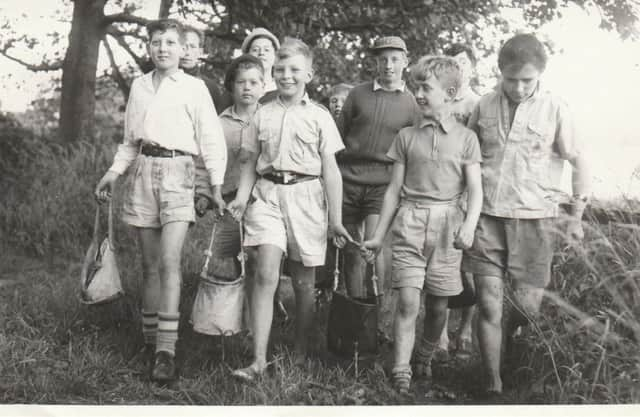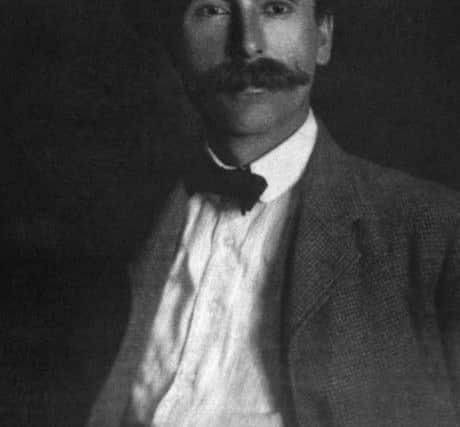South Shields very own scouting pioneer


Now, thanks to local historian, Andrew Grant, we can shine afresh a light on the life and times of Ernest Thompson Seton, whose ideas inspired Lord Baden-Powell.
Andrew said Seton was born Ernest Evan Thompson, in 1860 in Beach Road, South Shields, to Scottish parents.


Six years later, his family emigrated to Canada.
Advertisement
Hide AdAdvertisement
Hide Ad“Seton’s father had been a shipowner who lost all his money and became bankrupt,” explained Andrew.
“This convinced him that it would be better to make a new start in another country, which is why he took his family to Canada.”
Once there, Seton spent the majority of his childhood in Toronto.
“In his youth,” continued Andrew, “he would go into the woods to draw and study animals as a way of avoiding his domineering father.
Advertisement
Hide AdAdvertisement
Hide Ad“Later his artistic ability won him a scholarship in art at the very prestigious Royal Academy of Art, in London. On the day of his 21st birthday, his father presented him with a bill for all the expenses which were connected with his childhood and youth, this included the fee charged by the doctor who delivered him.
“He paid the bill but he never spoke to his father again. It is possible,” muses Andrew, “that he changed his name to Seton because of his ill feelings for his father.”
Seaton became successful as a writer, artist and naturalist, and moved to New York to further his career.
“There, he experienced vandalism by local youths, whom he invited to his estate for a weekend, and where he told them what he claimed were stories of the American Indians and of nature.
Advertisement
Hide AdAdvertisement
Hide Ad“His stories became a series of articles written for the Ladies Home Journal, and in 1906 were published in a book called The Birch Bark Roll of the Woodcraft Indians.
“He then went on to found a youth organisation called The Woodcraft Indians, which included both boys and girls.
“From there, he became one of the founding pioneers of the Boy Scouts of America (BSA) movement, incorporating North American Indian elements into its thinking.
“In 1906, Seton met scouting’s founder, Baden-Powell, who had read his book, and the two men shared various ideas about activities involving young people.
Advertisement
Hide AdAdvertisement
Hide Ad“The following year, Baden-Powell held the first scout camp in England, and in 1908 wrote Scouting for Boys, which led to the founding of the scouting movement worldwide.
Meanwhile, Seton became the BSA’s first Chief Scout and its leader from 1910-1915. However, things didn’t go smoothly due to personality clashes and in 1915 he resigned.
In his personal life Seton married twice; his first to Grace Gallatin in 1896. Their only daughter, Ann, was born in 1904 and died in 1990.
After divorcing Grace, he married Julia Moss Buttree.
Andrew went on to reveal that in 1933, Seton designed and built a 32-room castle in Santa Fe, New Mexico.
Advertisement
Hide AdAdvertisement
Hide Ad“He died there at the age of 86, surrounded by his books, wood carvings and works of art” added the local researcher.
In 1960, in honour of his 100th birthday, his daughter Dee and his grandson, Seton Cottier scattered his ashes over what became known as Seton Village.
Do you know if any of Seton’s family still live in South Tyneside?